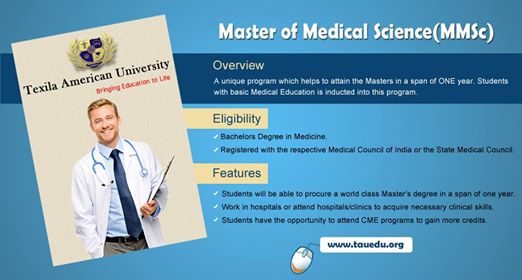
An editorial in Global Heart, journal of the World Heart Federation, suggests the world of medicine could be experiencing its final days of the stethoscope, due to the rapid advent of point-of-care ultrasound devices that are becoming increasingly accurate, smaller to the point of being hand-held and less expensive as the years roll by.
The editorial is by Jagat Narula, editor-in-chief of Global Heart (Mount Sinai School of Medicine, New York) and Bret Nelson, also of Mount Sinai School of Medicine.
In the editorial, a brief history of both the stethoscope (invented in 1816) and the ultrasound (invented in the 1950s) is given, with the authors suggesting that the stethoscope could soon be exiled to the archives of medical history.
They say: “At the time of this writing several manufacturers offer hand-held ultrasound machines slightly larger than a deck of cards, with technology and screens modelled after modern smartphones.”
Compared with expensive, bulky, ultrasound machines of the past, the authors say, “Hand-held ultrasound devices introduced an alternative concept of relatively inexpensive, easy-to-use machines which could generate images interpretable by a wider spectrum of clinicians at the point of care. Soon concerns about smaller machines having inferior image quality compared to devices many times larger and more expensive were outweighed by evidence that rapid diagnostic decisions could be made with portable machines.”
The editorial highlights that nowadays, more than 20 medical specialties include use of point-of-care ultrasound as a core skill, and that mounting evidence suggests that compared with the stethoscope ultrasound technology can reduce complications, assist in emergency procedures and improve diagnostic accuracy.
The authors say: “Thus, many experts have argued that ultrasound has become the stethoscope of the 21st century. While few studies have pitted ultrasound head-to-head against the stethoscope, there is evidence that ultrasound is more accurate even than chest x-ray in the detection of pneumothorax, pleural effusion, and perhaps even pneumonia. Ultrasound allows visualisation of cardiac valve function, contractility, and pericardial effusions with greater accuracy than listening with the stethoscope. And beyond the heart and lungs lie dozens of other organs and structures — well-described in the literature of point of care ultrasound — which are opaque to the abilities of the stethoscope.”
Asking why the stethoscope has not yet made way for its more technically advanced counterpart, ultrasound, the authors say that while the cheapest available stethoscopes are literally disposable (though many can cost hundreds of dollars), the cost of the cheapest ultrasound devices is still several thousand dollars, making roll-out, especially in developing nations, much more difficult.
There may also be resistance from the older generation of healthcare workers who were not originally trained with this technology. Yet all the evidence shows that ultrasound can diagnose heart, lung, and other problems with much more accuracy than the 200-year-old stethoscope.
The authors conclude: “Certainly the stage is set for disruption; as LPs were replaced by cassettes, then CDs and .mp3s, so too might the stethoscope yield to ultrasound. Medical students will train with portable devices during their preclinical years, and witness living anatomy and physiology previously only available through simulation. Their mentors will increasingly use point-of-care ultrasound in clinical environments to diagnose illness and guide procedures. They will see more efficient use of comprehensive, consultative ultrasound as well — guided by focused sonography and not limited by physical examination alone. And as they take on leadership roles themselves they may realise an even broader potential of a technology we are only beginning to fully utilize. At that point will the “modern” stethoscope earn a careful cleaning, tagging, and white-glove placement in the vault next to the artefacts of Laennec, Golding Bird, George Cammann, and David Littmann? Or, as some audiophiles still maintain the phonograph provides the truest sound, will some clinicians yet cling to the analogue acoustics of the stethoscope?”
Source: India Medical Times






